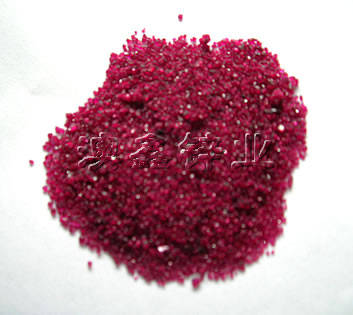
What safety precautions must be observed with hydrochloric acid (HCl)? With silver nitrate (AgNO3)? What is the name given to compounds such as this, which have water as part of their crystal structure?ĥ. The formula for solid cobalt(II) chloride is CoCl2*6H2O. List the stresses that will be studied in this experiment.Ĥ. When the equilibrium is reached, the rate of the forward and reverse reactions are equal.ģ. Explain what happens when equilibrium is reached. When an equilibrium system is subjected to a stress, the system responds by attaining a new equilibrium condition that minimizes the imposed stress.Ģ.

This can be explained by particles' tendency to spread out molecules shift to less concentrated area in a crowded space molecules shift to more concentrated area in an open space. Pressures react differently than temperature increased pressure leads the reaction to shift to the side with fewer moles decreased pressure leads the reaction to shift to the side with more moles. Instead of K = moles of products/moles of reactants, Kp is equal to Pproducts/Preactants. The equilibrium constant, which equals to moles of product over moles of reactants, is represented with unit-less K.Įquilibrium can also be affected by pressure as well, with its constant represented by Kp.

Decreased temperatures would cause the system to shift to the right. For exothermic reactions, increased temperatures would cause the system to shift to the left. Decreased temperatures would cause the system to shift to the left. For endothermic reactions, increased temperatures would cause the system to shift to the right. Temperature also affect the equilibrium shift. Removal of concentrations in the reactants side and the addition of concentration in the products side will lead to the equilibrium shifts to the left. Addition of concentration in the reactants side and the removal of concentration in the products side will lead to the equilibrium shift to the right. Change in the concentration will affect the system, only if the added or subtracted amounts of solution is gaseous or aqueous liquids and solids do not contribute to the equilibrium shifts. The rate on the either side occur equally at the same time, making equilibrium dynamic. To relieve the stress, the equilibrium shifts left or right. When temperature or concentration are changed, the stress is placed on either of the reactant or products side. Equilibrium equation shows when the rate of reactants equal to the rate of products. The lab discusses the equilibrium using Le Chetelier's Principle. Dispose all chemicals and clean up the work area.

Place test tube in a 250-mL beaker containing ice cubes and water until a color change occurs. Place the test tube in the beaker of hot water from step 2 until a color change occurs. Add just enough HCl to get a purple color.ġ1. Place 5 mL of cobalt solution in a test tube.ġ0.

In row D, add five drops of AgNO3 solution to each well and stir with the toothpick. In row C, add five drops of distilled water to each well and stir with the toothpick. In row B, add one more drop of HCl to each well and stir with the toothpick. Mix the contents of each well with the plastic toothpick. Add two, four, six, eight, ten, and twelve drops of HCl to the CoCl2 solution in column 1, 2, 3, 4, 5, 6 of the well plate, respectively.ĥ. Put on latex gloves and place five drops of CoCl2 solution in each of the 24 wells of the labeled well plate.Ĥ. While waiting for the water to boil, move on to the next step.ģ. Place a beaker containing about 100 mL of water on a hot plate.


 0 kommentar(er)
0 kommentar(er)
